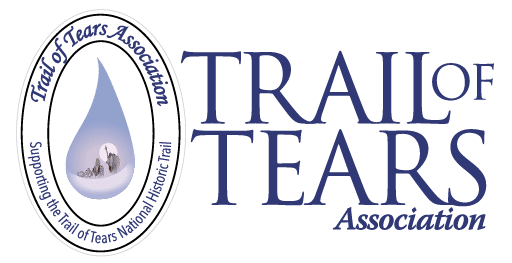
Dr. Brett Riggs – Cherokee Families During the Removal
I normally present on archaeology and the trail, but I’m shifting focus to a community-based mapping project with the Eastern Band called “Jogging You Ad,” which means “ancient Cherokee” in Cherokee. It refers to the old Cherokee territories before relocation to Oklahoma. This project emphasizes what was left behind in

